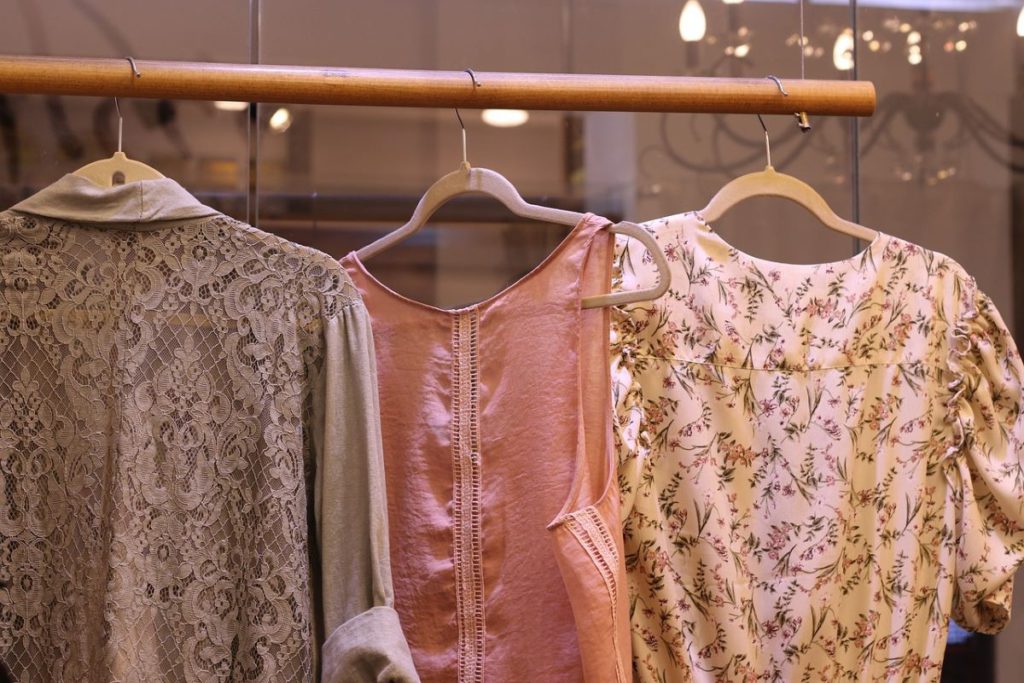In an era where consumer preferences and behaviours are constantly evolving, the retail landscape is undergoing a significant transformation. Traditional approaches to retail design are being reimagined as brands strive to create unique and compelling shopping experiences that resonate with modern consumers. From immersive technology to sustainable practices, innovative retail design trends are shaping the future of retail and redefining the way we shop.
Immersive Experiences: One of the most popular trends in retail design is the emphasis on creating immersive experiences that engage all the senses. Instead of simply offering products for sale, retailers are designing spaces that tell a story and evoke emotions. This trend can be seen in the rise of experiential stores that offer interactive installations, virtual reality experiences, and live demonstrations. By immersing customers in a branded environment, retailers can forge deeper connections and foster loyalty.
 Omnichannel Integration: With the blurring lines between online and offline shopping, retailers are embracing omnichannel integration as a key component of their design strategy. This trend involves creating seamless experiences across various touchpoints, from brick-and-mortar stores to mobile apps and social media platforms. By integrating digital technologies into the physical environment, retailers can offer personalised recommendations, facilitate mobile payments, and provide click-and-collect services, enhancing convenience and accessibility for customers.
Omnichannel Integration: With the blurring lines between online and offline shopping, retailers are embracing omnichannel integration as a key component of their design strategy. This trend involves creating seamless experiences across various touchpoints, from brick-and-mortar stores to mobile apps and social media platforms. By integrating digital technologies into the physical environment, retailers can offer personalised recommendations, facilitate mobile payments, and provide click-and-collect services, enhancing convenience and accessibility for customers.
Sustainable Practices: As environmental awareness continues to increase, sustainability has become a central focus for many retailers. From eco-friendly materials to energy-efficient lighting systems, sustainable practices are shaping the design of retail spaces. Retailers are incorporating biophilic design elements, such as living walls and natural lighting, to create healthier and more environmentally friendly environments. There has also been a rise in zero-waste initiatives, with retailers implementing recycling programs and reducing packaging waste.
Community Spaces: In an age of social distancing, retailers are reimagining their spaces as community hubs where customers can gather, connect, and engage with each other. This trend can be seen in the rise of coworking spaces, pop-up events, and workshops hosted by retailers. By developing a sense of community, retailers can create memorable experiences that extend beyond the transactional aspect of shopping, building stronger relationships with customers and driving brand advocacy.
Personalisation and Customisation: In the dynamic realm of retail design in London, personalisation and customisation have emerged as indispensable strategies for fostering lasting connections with consumers. London interior designers are leveraging cutting-edge technologies and data analytics to deliver tailored shopping experiences that resonate with individual preferences. Through innovative approaches, retailers are transforming their spaces into interactive environments where customers can co-create their ideal shopping journey. By infusing elements of personalisation and customisation into their design ethos, retailers are elevating the shopping experience to new heights, fostering loyalty, and driving business growth.
Adaptive Design: With consumer preferences evolving at a rapid pace, retailers are embracing adaptive design principles to create flexible & dynamic spaces that can easily be reconfigured to meet changing needs. This trend involves modular fixtures, movable walls, and flexible layouts that allow retailers to adapt to seasonal trends, promotional campaigns, and special events. By embracing adaptive design, retailers can maximise the efficiency of their space and optimise the shopping experience for customers.
Augmented Reality & Virtual Reality: Augmented reality & virtual reality (VR) technologies integration is revolutionising the way customers interact with products and brands. Retailers are leveraging AR and VR to create immersive shopping experiences, allowing customers to visualise products in their own space, try on virtual clothing, and explore virtual showrooms. By connecting the digital and physical worlds, retailers can enhance engagement, reduce returns, and drive conversions.
Micro-Retail and Pop-Up Concepts: In response to changing consumer needs and the rise of e-commerce, retailers are embracing micro-retail and pop-up concepts as a way to create unique and memorable experiences while minimising overhead costs. This trend involves temporary retail spaces, mobile shops, and curated marketplaces that offer limited-edition products and exclusive events. By creating a sense of urgency and scarcity, retailers can generate buzz, attract foot traffic, and test new markets without making a long-term commitment.
All in all, innovative retail design trends are reshaping the future of shopping experiences, offering a glimpse into the possibilities of what retail could be. From immersive experiences and omnichannel integration to sustainability and community engagement, these trends reflect the evolving needs and desires of modern consumers. By embracing innovation and creativity, retailers can create compelling spaces that inspire, delight, and ultimately drive business success in the ever-changing retail landscape.
